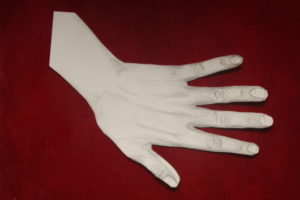Stranded journal, about walks and silence during the pandemic.
By Amanda Gutierrez, @cadadosis
Helsinki, July 6th, 2020
In 2019 I moved to Tiohtià:ke/Montreal seeking to continue my academic journey at Concordia University, researching about feminist walking practices. I met three women whose walking paths were different from mine but not excluded from the fear and burden of the male gaze and gender violence.
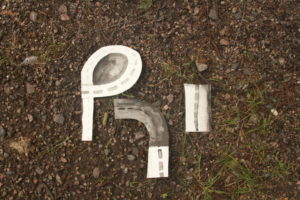
We formed the art collective Women Walk the Walk, making workshops, and experimenting with the idea of mobility and intersectional feminism through social practices and as a tool of collective creation. In the framework of my performances and VR essay videos I embrace awareness about the increasing cases of femicides in my home country, Mexico, one of the most dangerous places to walk as a woman, as nine die every day according to national statistics.
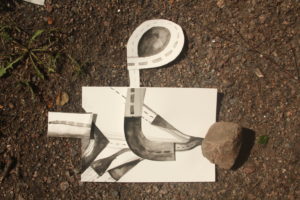
For that reason I left Mexico City two decades ago, in search of a space where gender violence and discrimination against women won’t be so oppressive. However, new questions in connection with race and class, emerged while living in the United States and Canada. These experiences complexised the navigation in the public space while organizing collective walks with other women from different cultural and ethnical backgrounds.
Before the Covid-19 pandemic started, I left Montreal to teach arts at New York University in Abu Dhabi. The global travel restrictions left me stranded in the UAE in total isolation, where I needed to find a way of approaching the exercise of walking, as a liberating method for mental health and spatial awareness amid solitude.
After several months I had been granted asylum in Helsinki, where the physical distancing is almost over. Therefore, I’m organizing group walks as a tool to share the experience of middle age women navigating the public space in the city. My walks will be in collaboration with female identified residents who will lead a city itinerary in connection with their personal history and autonomy as walkers. However, the stories presented are not racially diverse which symbolically represents the urban segregation and distribution of minorities living in the city.
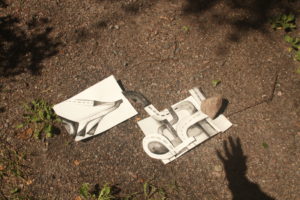
These journeys made me think about my own identity as Latinx while walking among the white homogeneous society in Helsinki and the ethnically segregated neighborhoods in Abu Dhabi. These two extremes resonated with my own ethnicity and working class background, which made me aware of the fact that, as women, -we might walk the same road but from different backgrounds-, which grants or denies access to health, education, knowledge, labor, a safety net.
I had settled my walking memory as a flâneuse with my grandmother Zapotec indigenous roots on my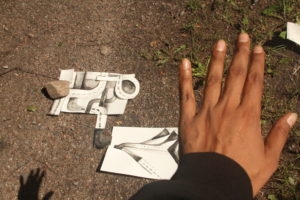 feet. She, Leonila Hernandez, walked in the Sierra of Oaxaca, listening to her own migratory steps towards Mexico City in 1950. We are both immigrants listening to the stories of other women’s paths, other dis-localities, other soundscapes that made us unrotted beings in search of knowledge and self-
feet. She, Leonila Hernandez, walked in the Sierra of Oaxaca, listening to her own migratory steps towards Mexico City in 1950. We are both immigrants listening to the stories of other women’s paths, other dis-localities, other soundscapes that made us unrotted beings in search of knowledge and self-
growth.
How is the sound of women walking in the same street to similar destinations but from opposite departures?
Do we hear the same sounds?
Are we free to transit and enter the same sidewalks?
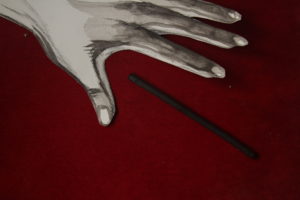
July 8th. Helsinki, Finland
In these images and drawings, I was thinking about my own skin colour.
The hand is an indexical part of the body, which represents a visual form of personal identity.
What divides the palm from the top of the hand. That line that
highlights my skin tone. When I was a girl I was ashamed of
that division, of the difference between the lighter palm and
brown epidermis on top of my hand.
I used to hide my hands because they denoted the history that I didn’t want to tell. The narratives and silenced experiences of a racist and patriarchal ideology. From my indigenous great grandmother being raped, from my mestiza grandmother born from that act, from my mother who decided to be a single parent, then myself renouncing the experience of motherhood.
All matriarchal histories start by walking away from home, by leaving the space where they were told to stay.
We walked away from modes of domesticity and spatial control because walking, besides being a physical activity, it is a symbolic gesture of mental and physical liberation.
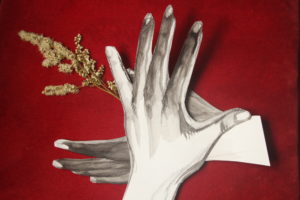
When individuals walk as an act of resistance, they are activating their agency to change, moving out from one space to embrace evolution, revolution. The right to experience living without fear, to run away from situations of violence, poverty, sexism, inequity, will define their development in life.
But what happens to those walks that are based on exploitation, survival, fear, and inequity?
Certainly, we are not equally free to transit, we still have wide differences based on our gender, ethnicity and social
class, which perpetuates exclusions on human rights, especially for black and indigenous women.
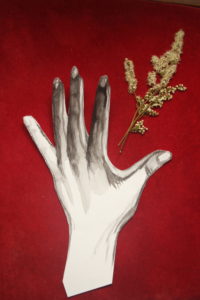
How many women can actually exercise and experience basic human rights of spatial freedom?
Is the colour of our skin, our cultural origin, and societal oppression factors that affect our mobility?
Can walking be a liberating act of resistance for everyone?
Can we hear the same soundscape when we walk?
